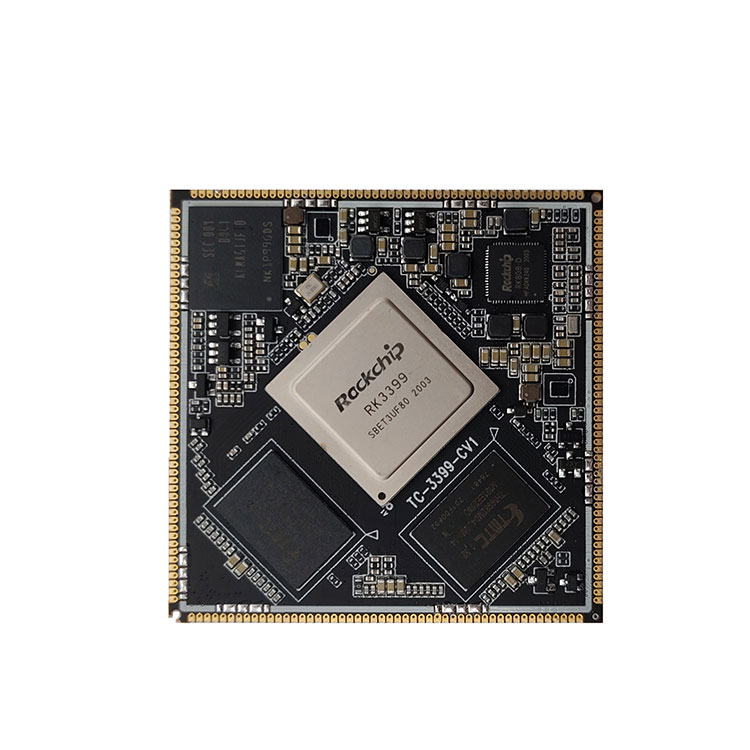Damage to the onboard processor of the core board is a problem that must be paid attention to in the process of using the core board for secondary development. It mainly includes (but is not limited to) the following situations:
(1) Hot-swap peripherals or external modules with power on, causing damage to the onboard processor of the core board.
(2) When using metal objects during the debugging process, the IO will be affected by electrical stress due to false touch, resulting in damage to the IO, or touching some components of the board will cause an instant short-circuit to ground, causing related circuits and core boards. Damaged processor.
(3) Use your fingers to directly touch the pads or pins of the chip during the debugging process, and the static electricity of the human body may damage the onboard processor of the core board.
(4) There are unreasonable places in the design of the self-made baseboard, such as level mismatch, excessive load current, overshoot or undershoot, etc., which may cause damage to the onboard processor of the core board.
(5) During the debugging process, there is wiring debugging of the peripheral interface. The wiring is wrong or the other end of the wiring is in the air when it touches other conductive materials, and the IO wiring is wrong. It is damaged by electrical stress, resulting in damage to the onboard processor of the core board.
2 Analysis of Causes of Processor IO Damage
(1) After the processor IO is short-circuited with a power supply greater than 5V, the processor heats abnormally and is damaged.
(2) Perform ±8KV contact discharge on the processor IO, and the processor is instantly damaged.
Use the on-off gear of the multimeter to measure the processor ports that were short-circuited by the 5V power supply and damaged by ESD. It was found that the IO was short-circuited to the GND of the processor, and the power domain related to the IO was also short-circuited to the GND.


